Interest and Ordinary Dividends
Taxpayers must use Form 1040, Schedule B to report income received in the form of interest and ordinary dividends. Generally, you will report the amounts reported to you on various forms including Forms 1099-INT, 1099-DIV and 1099-OID.
Ordinary versus qualified dividends
Ordinary dividends are the most common type of dividend, and they receive tax treatment as ordinary income. Unless the payer informs you otherwise, dividends are ordinary. If the dividends meet several requirements, including a holding period requirement, they can then be considered qualified dividends. These are dividends that are taxed at preferential capital gain tax rates. This tax rate is usually 0%, 15% or 20% for most people and most situations depending on taxable income.
Schedule B
Use Form 1040, Schedule B to report the following types of interest and dividend income:
- Interest and dividend income
- Taxable interest
- Seller-financed mortgage Interest
- Tax-exempt interest
- Ordinary dividends
Other interest income or deductions on schedule B
- Original issue discount (OID): when a debt instrument is issued at a discount to the redemption price at maturity, the discount is accrued and paid as interest over the life of the debt instrument. This includes zero coupon bonds.
- Accrued interest: Bonds purchased between interest payment dates can include accrued interest that is taxable to the seller of the bond.
- Amortizable bond premium: a portion of the bond premium paid at purchase can be amortized over the life of the bond. This amortized amount is used to reduce the annual bond interest income.
Financial interest or authority over foreign accounts
If you are a U.S. Citizen or Resident and had a financial interest in or signature authority over a financial account located in a foreign country, you must also complete the Report of Foreign Bank and Financial Accounts (FBAR), FinCEN Form 114. Significant penalties are imposed for failure to file this form.
